Take a stroll around the Automobile Alley Historic District along St. Louis Street, and you’ll see hints of a burgeoning street with the potential to become Mobile’s newest destination district. While there are still operating industrial businesses alongside decaying properties, empty lots and sidewalks overgrown with unkempt grass, several renovated historic properties foreshadow a starkly different future — a tech corridor filled with office buildings, restaurants, breweries, apartments and retail stores.
“This kind of urban revitalization is happening all over the United States,” says Bob Isakson, founder and chairman of the board of directors of Lafayette Land Company, which is developing properties along St. Louis Street.
“My belief is St. Louis Street has begun the movement of talented, technical enterprises — primarily engineering and computer firms — to Downtown,” Isakson says. “They want to hire and retain young people, and those young people want to work in an urban environment.”
St. Louis Street’s revitalization has been a long time coming. The road, nicknamed Automobile Alley, was developed in the early 1920s. In contrast with Dauphin Street, which features small commercial buildings, properties on St. Louis Street were designed for businesses that focused on large-scale shopping or needed storage, like car dealerships.
“It reflected a shift from walking and public transportation to automobiles as the main mode of transportation,” says Stephen McNair, of McNair Historic Preservation. “St. Louis Street has very wide lanes with parking on both sides of the street. It was built for cars and built to sell cars.”
In its heyday, the street was home to several car dealerships, a grocery store, a service station, an auto parts store and other businesses. Over time, the dealerships followed Mobile’s population west. Some buildings sat vacant for decades.
In 2004, architects Karrie and Robert Maurin put St. Louis Street on the map when they purchased the former Cadillac dealership at 600 St. Louis St., turned it into an apartment and moved in. In 2008, the Mobile Fixture building at 308 St. Louis St. turned into St. Louis Lofts. And in 2014, Mike Rogers and Steve Willard created a gorgeous office space from the Buick Building.
Then, in 2013, Alabama created its historic tax credit program, and development along St. Louis Street exploded.
“I truly believe that within three years, every building on St. Louis Street will be renovated,” Isakson says.
358 St. Louis St. | Innovation PortAL
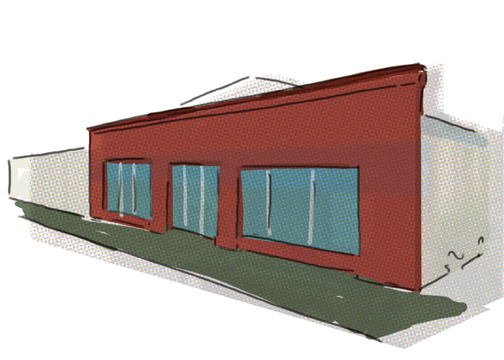
The flagship property of the future technology corridor on St. Louis Street will be Innovation PortAL, in the former Threaded Fasteners warehouse, which was a Volkswagen dealership at one time.
Innovation PortAL is a tech-centered entrepreneur program of the Mobile Area Chamber of Commerce Foundation.
“Ideally, the building will be occupied by three types of tenants: startups with the potential to create jobs in our community, higher-level education partners and major industry partners with a commitment to innovation and community development,” says executive director Hayley Van Antwerp.
The $6.5 million project is slated for completion in the first quarter of 2020.

400 St. Louis St. | Precision Engineering
Originally built in 1926 as the Kittrell-Milling Motor Company, Precision Engineering’s new home also operated as a Dodge Brothers Automobiles and Graham Brothers Trucks dealership until 1951. It was designed by C. L. Hutchisson, a well-known Mobile architect who created other beloved local structures, including St. Charles Apartments and Leinkauf School.
The building fills the entire street front along St. Louis Street between Franklin and Hamilton streets and features huge storefront windows along the sidewalk, which once showcased cars and trucks.
“As we were renovating, we found this painted-over terra-cotta molding above the front entrance with the letters ‘DB’ for Dodge Brothers and ‘GB’ for Graham Brothers,” McNair says. “We cleaned it up, and it looks great.”
After the Kittrell-Milling Motor Company closed in 1951, the building housed a printing company, an office supply company and most recently served as a storage and manufacturing facility for Threaded Fasteners. Precision Engineering moved into the building in 2017.
450 St. Louis St. | The Wheeler Building
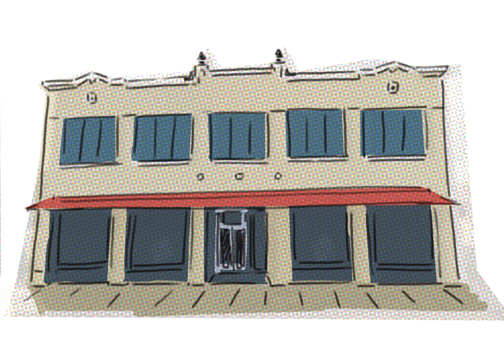
The 1927 Wheeler Building occupies an entire block between Hamilton and Lawrence streets and is set to become a multistory, mixed-use project that will open in early 2019. Its commercial spaces will include a brewery and tap room, a yoga studio and the offices of the J.L. Bedsole Foundation, Coastal Alabama Partnership and Ward Properties. In addition, the Wheeler Building will include 38 apartments.
Previously, it was home to four different auto dealerships, the Mobile Press-Register and other companies. “It became very apparent that a higher and better use was in the cards for the building,” says building owner Bestor Ward, president of Ward Properties. “Historic tax credits and Mayor Stimpson’s initiatives to revive the Downtown core, in addition to the incredible volume of internet connectivity offered by the AT&T central office on St. Louis Street, were motivating factors.”

455 St. Louis St. | The Buick Building
“This building was actually a Buick dealership for only a few years,” says Mike Rogers, who developed the Buick building with his business partner Steve Willard. From 1926 to 1943, it was known as the Turner-Todd Motor Company.
“Apparently Turner and Todd had a falling out — you can see where they tried to blank out one of the names on our facade,” Rogers says.
When car dealerships moved west, the site became home to various auto parts stores until 2002.
“There is still a ramp in the building that leads to the second floor, where the car service department was located,” Rogers says. “It’s interesting to me that the service department had wood floors.”
The $5 million renovation was completed in 2015, and Rogers & Willard moved its offices into the space. Soon after, Atlanta-based Rural Sourcing, Inc. moved into the first floor.
650 St. Louis St. | The Cheese Cottage
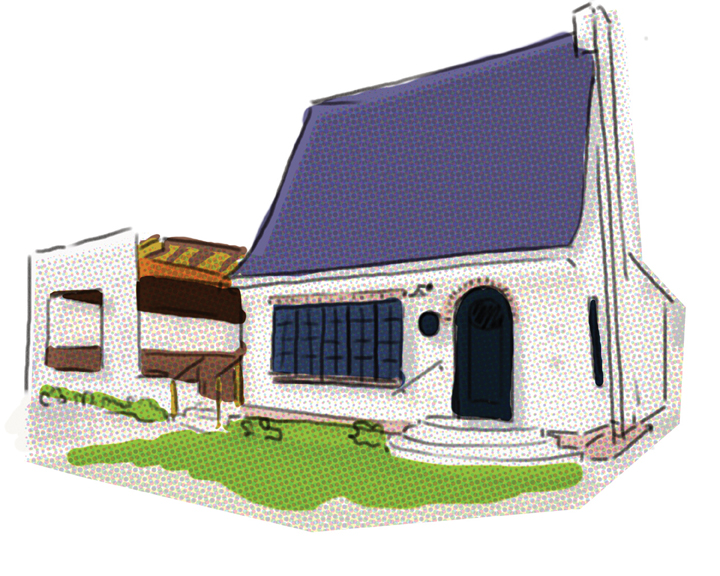
When Bob Isakson purchased a burned-out service station, he knew it had potential, but he couldn’t have predicted the success of The Cheese Cottage.
“A number of tenants came along, but they didn’t seem to be compatible with the street,” says Isakson. “Then, Kristi Barber and her husband, Bubba, showed up and wanted to open a cheese restaurant. They thought up the name Cheese Cottage because the building was so cute.”
Barber says she sees great potential for St. Louis Street and is excited to be one of the pioneers of the revitalization efforts.
“When we first scouted the location, Fowler Lighting and Olde Mobile Antiques were the only companies we knew were coming, and we thought we could play off of their clientele,” Barber says. “Then we heard Innovation PortAL was going in down the street, along with an engineering firm and more. So we started thinking this could really be the ‘grown up’ Dauphin Street.”
Barber says she envisions St. Louis Street as a new main street for Mobile.
“I think the area between St. Louis and Dauphin will soon develop as well, making the entire Downtown area more attractive to the general public, making them not only want to work here but live and play here, too.”

653 St. Louis St. | Olde Mobile Antiques
The new home of Olde Mobile Antiques was originally two buildings, a florist and Nash/Ford Automotive, both constructed around 1926. The dealership moved to Dauphin Street in 1960, and the florist expanded to both buildings. It’s unclear when the florist closed, but the building was vacant for decades.
Greg Reynolds has lived in DeTonti Square, which is adjacent to the Automobile Alley historic district, for almost nine years. He heard murmurs of an area revitalization and thought
his business, Olde Mobile Antiques, could do well downtown.
“It has truly been amazing to watch,” Reynolds says. “We believe the transformation over the next couple of years will be unbelievable.”
655 St. Louis St. | Old Majestic Brewing Company
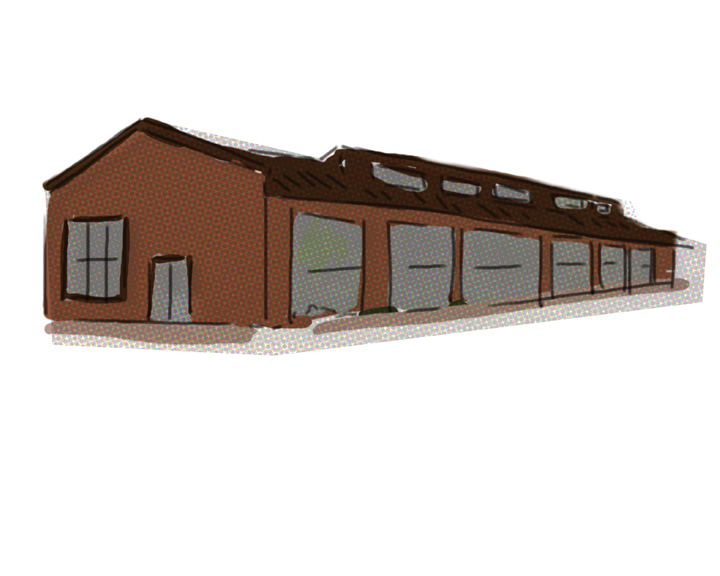
In early 2019, St. Louis Street’s first brewery is set to open in the space directly behind The Cheese Cottage. Old Majestic Brewing Company will include a taproom that includes nine craft beers and an outdoor seating area with a stage for live music and space for outdoor games.
“It’s definitely going to be a destination location,” says Isakson, who also developed The Cheese Cottage.
Although Old Majestic Brewing Company will not be a renovation of a historic property, it will have elements of a 1920s-era cotton warehouse from Greenwood, Mississippi: 10-by-13-foot windows, skylights and 70,000 original bricks.
“The growth on St. Louis Street is phenomenal,” says Chad Marchand, who will operate the brewery with John Minton. “John and I are excited to be a part of it. This will be a great addition to the revitalization taking place in downtown Mobile.”
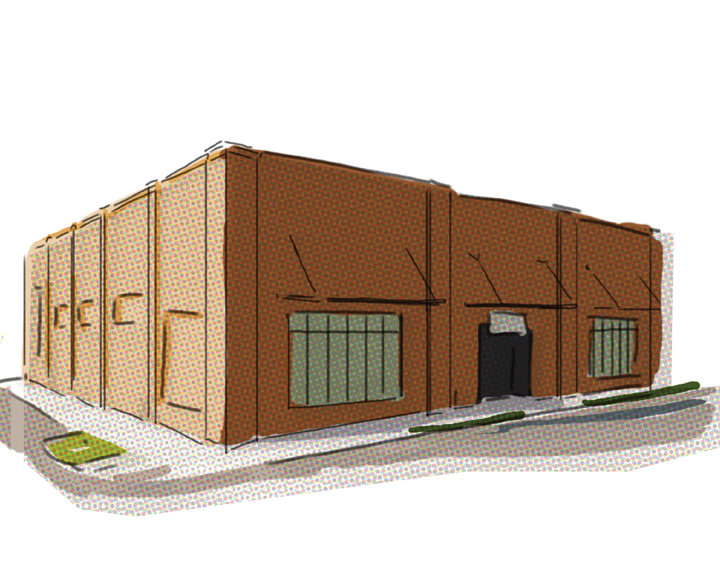
662 St. Louis St. | Fowler Lighting
The Fowler Lighting building was built in 1927 as a Delchamps and was the first self-service grocery store in Alabama. It remained in operation until sometime in the 1940s before becoming Robert Hall Clothiers. Most recently, it was owned by a law firm and used for file storage.
Lafayette Land Company purchased the building in 2016 and renovated it to restore the original red terra-cotta tile floors and wood ceilings.
Fowler Lighting moved to the building in March 2017 and was the first retail business to set up shop as part of the St. Louis Street revitalization. Owner Curtis Fowler says business continues to increase as more companies relocate to the area.
“We’re very happy here, and we hear all kinds of stories about the history of the building and the area from our customers,” he says. “We have folks in their 80s and 90s come in who remember shopping here with their parents as children.”
Do you have a story about revitalization going on in your own neighborhood?
Share your thoughts and ideas with
[email protected].





